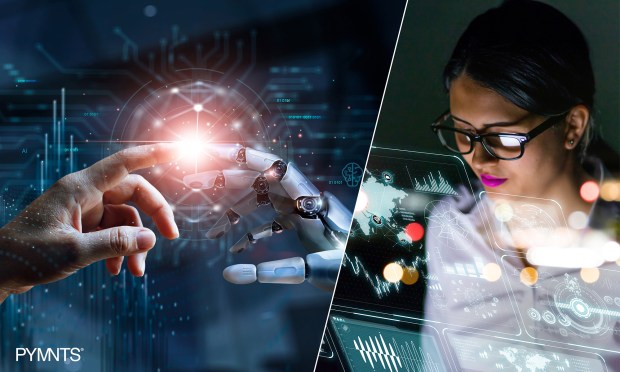Everything You Need to Know About Generative AI but Were Not Afraid to Ask

Less than a decade ago, the idea of something like ChatGPT or image generators such as DALL-E would have seemed as much a part of science fiction as light-speed travel. Then, in late 2022, the world woke up to a new paradigm of artificial intelligence (AI): generative pre-trained transformers (GPT). The dream of AI software that could mimic human interactions had been decades in the making but accelerated dramatically in recent years. Still, even before the dust settles on this groundbreaking development, researchers and companies seek ever-expanding ways to exploit this new paradigm in human-to-machine interfaces.![]()
As the human race grapples with all the problems and potentials of generative AI, from regulation to authenticity, pursuing human-like AI has turned into a race to curb humanity’s creations. The “Generative AI Tracker®” explores generative AI’s implications, applications and life-altering realities.
Use Cases Will Soon Become a Crowded Field
Generative AI has taken off exponentially. New companies are popping up nearly every day, promising labor- and cost-saving applications in every field, from healthcare to finance. The neural networks and generative pre-trained transformers behind such applications as OpenAI’s ChatGPT chatbot and DALL-E AI image generator are already attracting millions of users and developers.
Meanwhile, large language models (LLMs) interpret and generate normal human conversation, powering interfaces unlike any seen before.
![]() For more on how generative AI applications touch every corner of human life, visit the Tracker’s Innovation and Use Cases section.
For more on how generative AI applications touch every corner of human life, visit the Tracker’s Innovation and Use Cases section.
Is It Real, or Is It AI?
While the world has been discussing potential problems with privacy and copyright created by generative AI, the most serious challenge is likely to be differentiating AI’s creations from the original work of humans. The implications stretch from fraud to something as basic as the value of human creativity.
While AI grows in sophistication, AI detectors struggle to identify content from even early versions of AI text generators.
To learn more about the challenges of AI content detection, read the Tracker’s Issues and Challenges section.
Understanding the Generative AI Players
Companies exploring use cases for generative AI attracted more than $2.6 billion in investments in 2022 alone. The money companies can make is attracting everything from startups to multibillion-dollar tech giants. Many companies, such as Nvidia and IBM, already supply hardware for non-generative AI applications. Amazon, Google and Microsoft have robust cloud computing capabilities — something that will be essential for expanding generative AI use.
At the same time, global players such as Alibaba, Tencent and Linode are also looking to grab a piece of the generative AI pie.
To learn more about the companies involved at every level of generative AI, read the Tracker’s Companies of Note section.
About the Tracker
The “Generative AI Tracker®,” a PYMNTS and AI-ID collaboration, examines generative AI’s implications, applications and life-altering realities.
